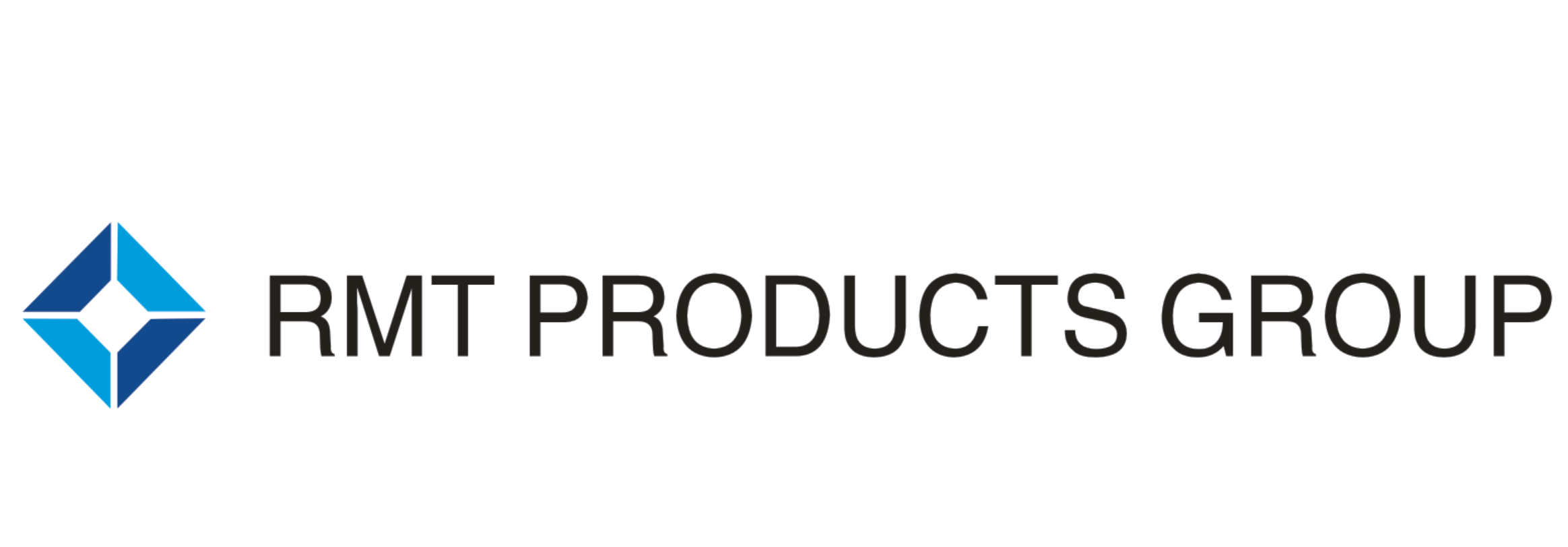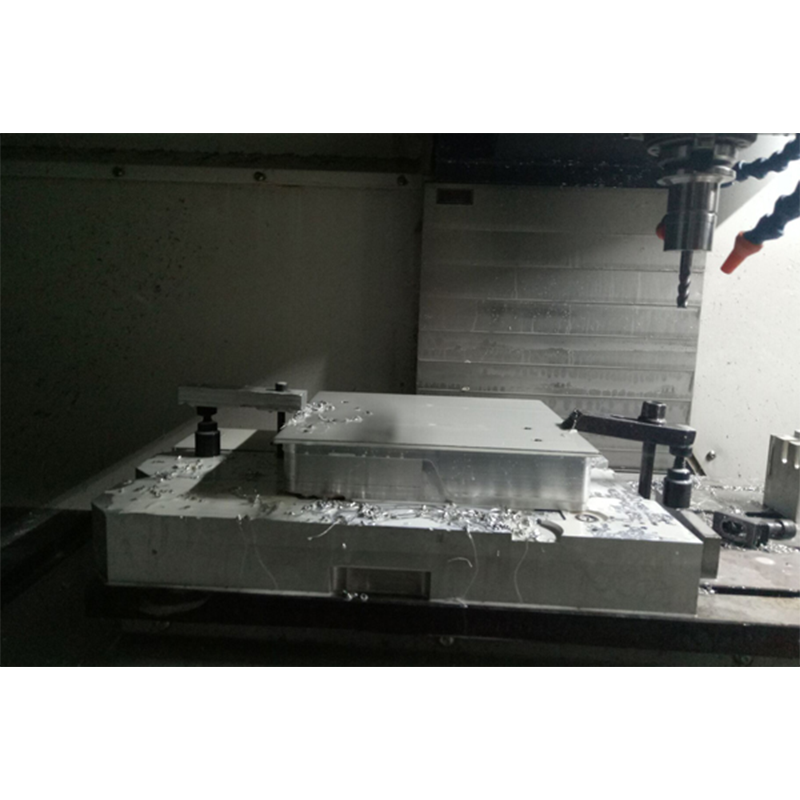Effective Strategies for Parts Manufacturing in the 21st Century
Advanced CNC Machining and Sheet Metal Fabrication Strategies
Multi-Axis Precision Machining for Complex Geometries
The advent of multi-axis CNC machining has completely changed how manufacturers approach making intricate parts. These machines work across several axes at once, something that opens up whole new possibilities for creating really detailed and complicated shapes. Most manufacturers find this capability absolutely critical nowadays, especially as product design keeps getting more sophisticated. What makes multi-axis machining so valuable is that it cuts down on all those time-consuming setup changes between operations. Fewer stops and starts means less downtime overall, which translates into better productivity numbers across the board. Take aerospace and automotive manufacturing for example both sectors rely heavily on components that need extreme precision. A standard 5-axis CNC machine can handle complex curves and angles that would require multiple setups on older equipment. We've seen cases where traditional methods led to wasted materials and rework because alignment issues crept in during those extra steps.
High-Tolerance Sheet Metal Fabrication Techniques
Sheet metal fabrication with high tolerances matters a lot in sectors where getting things just right means everything for how well products work, think electronics or cars. Manufacturers rely on methods such as laser cutting alongside newer stamping technologies to hit those tough specs without much room for error. Take laser cutting specifically it delivers amazing accuracy that lets makers produce parts within the narrow margins needed for important components. Quality checks throughout the process help keep these precision parts consistent and dependable, something that matches what most industry guidelines require. These strict fabrication approaches aren't optional when we need components that perform reliably no matter what conditions they face. Sticking to those tight manufacturing specs isn't just good practice it's actually essential if companies want their production lines running smoothly and efficiently.
Material Optimization for Aerospace & Automotive Applications
Getting materials right matters a lot in aerospace and auto manufacturing where companies want better performance without added weight. When makers pick the right stuff like titanium alloys or carbon fiber composites, they boost component strength while keeping things light. This makes cars and planes need less fuel to run, so everyone wins on cost and environmental impact. Take aircraft wings made from lighter materials that still hold up under stress. They cut down on fuel burn during flights. Manufacturers now use data analysis tools to track how different materials perform over time. These insights help factories run smoother operations and meet green standards too. The whole game changes when companies focus on material choices from day one rather than just looking at costs alone.
AI-Powered Predictive Maintenance Implementation
Predictive maintenance powered by artificial intelligence is changing how cars get made on factory floors across the country. Real time data analysis helps spot when machines might fail before they actually break down, which cuts down on those frustrating production stoppages. The system works by running machine learning models against past performance records so plant managers know exactly when their equipment needs attention instead of guessing. These smart predictions mean fewer breakdowns and big savings on repair costs while keeping production lines running smoothly. According to research from Aberdeen Group, factories losing money because of unexpected shutdowns could be bleeding cash at around $260k every single hour. That kind of number explains why so many manufacturers are jumping on board with these AI tools despite the upfront investment required.
Supply Chain Integration for Just-in-Time Parts Production
Supply chain integration matters a lot for Just-in-Time manufacturing, where companies try to cut down on extra stock by matching their supply chain operations to what gets produced when. Getting this right requires good communication channels between suppliers and factory folks so everyone can react fast when markets change direction. Take real time data sharing as an example. When factories talk directly to their suppliers through digital platforms, they can tweak production plans much faster, keeping inventory moving smoothly without buildup problems. Enterprise Resource Planning systems have become pretty essential here too. These software tools help track everything from raw materials to finished goods across different locations, making sure parts arrive exactly when needed on assembly lines around the world.
Surface Preparation Standards for Reliable Adhesion
Getting surface prep right matters a lot when it comes to making sure coatings and finishes stick properly to car parts, which affects both how safe those parts are and how long they last on the road. When surfaces aren't prepared correctly, we see problems with bonding agents not sticking, paint jobs peeling off after just a few months, or etched surfaces failing completely under stress tests. Many shops now invest in newer tech like plasma cleaning systems or robotic sandblasting equipment because these actually improve how well materials bond together. Parts treated this way stand up better against everything from extreme temperatures to road salt corrosion. Most experienced technicians will tell anyone who asks that good surface prep isn't just recommended practice it's absolutely essential if manufacturers want consistent quality across all their products.
RMT's Cutting-Edge Manufacturing Solutions
5-Axis CNC Milling for Miniature Precision Components
Five axis CNC milling has changed how we make tiny parts because it can produce really detailed shapes that would be impossible with older methods. Electronics manufacturers love this tech since their products often need those complicated designs that fit into small spaces. When shops switch to five axis machines, they spend less time changing tools and setting up workpieces again, which saves money and reduces errors. That's why many companies use these machines when developing new prototypes or running limited production batches. With all these improvements in machining technology, factories can now make parts that hit those tight tolerances required for medical devices, aerospace components, and other high precision applications without breaking the bank on setup costs.
High-Strength Aluminum Alloy Turning Services
When it comes to turning services with high strength aluminum alloys, what we get are parts that combine lightness with real toughness something manufacturers need badly in today's engineering world. Take cars for example the auto industry has been all over these materials because they cut down on weight while still holding up under stress. This means better gas mileage without sacrificing safety or performance. The newer turning methods let machinists hit those super tight specs and work with complex shapes too. Components come out looking good as well as working properly, which matters when customers start caring about appearance alongside function. These kinds of advancements keep companies ahead of the game in tough markets where every gram saved counts toward profit margins.
Black Oxide-Treated 3/5-Axis Machined Parts
The black oxide treatment really helps protect machined parts from corrosion while giving them a much better look overall. Parts treated this way can handle tough conditions across many different applications. The process actually makes surfaces harder and reduces friction, so components last longer and stand up better against rough environments. For those working with 3 or 5 axis machining, applying black oxide does two important things at once it makes parts tougher to wear out and gives them that professional finish most customers want to see. That's why so many manufacturers turn to this treatment when they need parts that perform well and still look good on display or in operation.
Natural Color Oxidation CNC Window Components
Color oxidation through electrolysis gives window parts a protective coating that looks good while actually working to protect against wear and tear. What makes this green process so valuable is how it strengthens materials without compromising their appearance, which is why architects specify them for everything from high rise buildings to luxury cars that need to pass strict building codes. With modern CNC machines cutting parts down to millimeter precision, manufacturers can hit those tight tolerances demanded across different sectors. The result? Components that not only look sharp but hold up under real world conditions year after year.
Cavity Parts Production with Multi-Axis Milling
When it comes to creating cavity parts with really complicated shapes and detailed features, multi-axis milling stands out as something traditional machining just can't match. The ability to handle these intricate designs makes all the difference for applications where performance matters most and everything needs to be just right. What's great about this technology is how it lets manufacturers adjust their production processes on the fly. Time gets saved, materials aren't wasted so much, which explains why so many industries stick with multi-axis solutions when they need components that meet those tough specifications nobody else can seem to hit consistently.

 EN
EN
 AR
AR
 BG
BG
 HR
HR
 CS
CS
 DA
DA
 NL
NL
 FI
FI
 FR
FR
 DE
DE
 EL
EL
 IT
IT
 JA
JA
 KO
KO
 NO
NO
 PL
PL
 PT
PT
 RO
RO
 RU
RU
 ES
ES
 SV
SV
 IW
IW
 LV
LV
 SR
SR
 SK
SK
 UK
UK
 GL
GL
 HU
HU
 TH
TH
 TR
TR
 FA
FA
 GA
GA
 CY
CY
 EU
EU
 BN
BN
 BS
BS
 LA
LA
 NE
NE
 SO
SO
 KK
KK
















